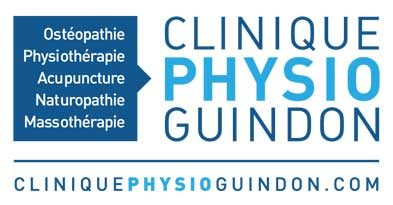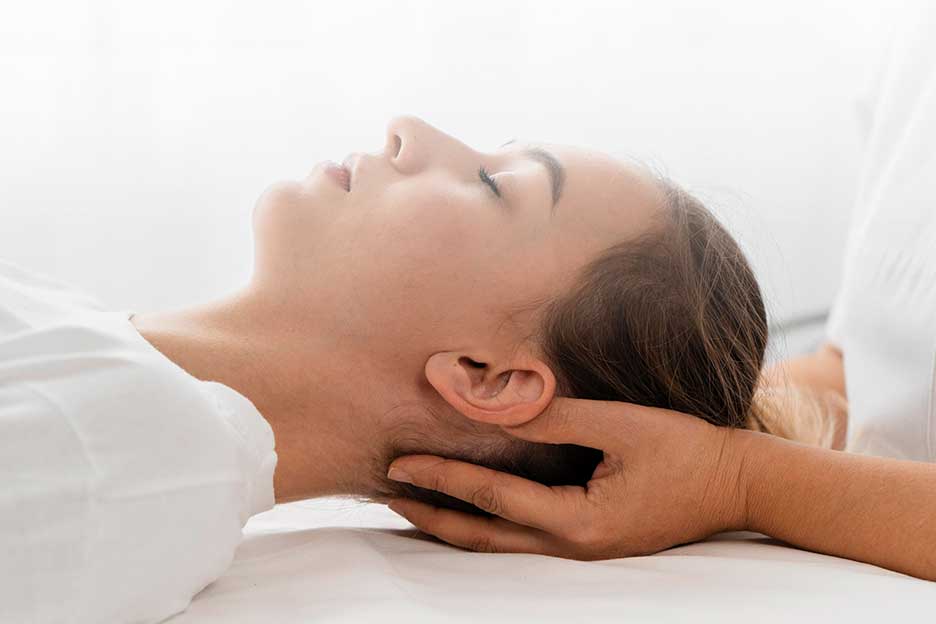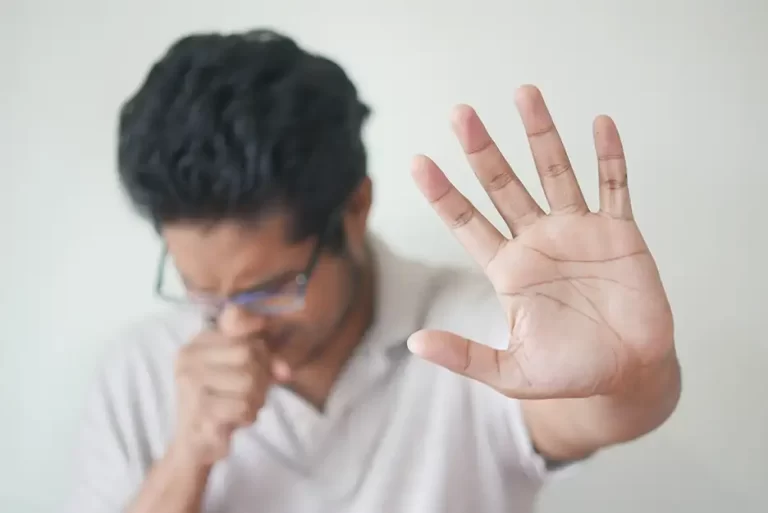Osteopathy and hip pain
In late fall, a 28-year-old female trumpet player complained of sacral pain for about 5 years and recent left hip pain.
Sacral pain is intermittent and occurs after concerts where standing is maintained for a long time. The hip pain has been almost constant for over a month.
In our questionnaire, we learned that:
– Our patient has had recurrent cystitis for several years;
– Amenorrhea for 2 years, detected during an endocrinological investigation;
– His diet is impeccable, excellent hygiene;
– She feels heaviness in the left lower limb, pain sometimes increased by coughing, if already present;
– Fall on his buttocks in his late teens, X-ray negative;
– Some car accidents (1985, 1987, 1993).
During our objective assessment we became aware of the following problems:
- Compression L5-S1
- Spinal curvatures are compressed, the whole spine seems rigid
- Left obturator membrane tension
- Normal flexion-abduction-rotation (Faber) test
- Increased pain in internal rotation of the left hip
- Diaphragm: rather low domes
- Tendency to general abdominal ptosis
- Liver in anterior tilt
- Tension of the mesentery root
- Sigmoid pressed against the iliac fossa
- Kidneys: left in 3rd degree ptosis, right in 1st degree
- Compression C0 on C1
- Physiological low SSB strain, very little general cranial amplitude
The first part of the treatment consists of restoring vitality to the client, i.e., reactivating the cranio-sacral system which is responsible for neuro-hormonal balance. The first osteopathic principle implies that the body has the capacity for self-healing and one of the main balancing functions of the body’s internal environment with the external environment are the cranial nerves and hormones. The neuro-hormonal axis is ensured by the movement of the sphenoid and the occiput and via the dura mater, the sacrum. The purpose is to stimulate the pituitary gland in the sella turcica of the sphenoid to secrete hormones.
At the same time, decompression of L5-S1 will relieve this patient’s sacral pain and improve mobility of the sacrum and lumbar spine. This pain is also caused by 3rd degree ptosis of the left kidney. First of all, we must treat the pillars of the diaphragm because they are in direct contact with the kidneys and promote better mobility. The FABER test indicates that bursitis, capsulitis, or arthritis is unlikely. Finally, we completed the treatment with a mobilization of the left obturator membrane and the bladder, these two structures are connected via the pre-vesical fascia.






